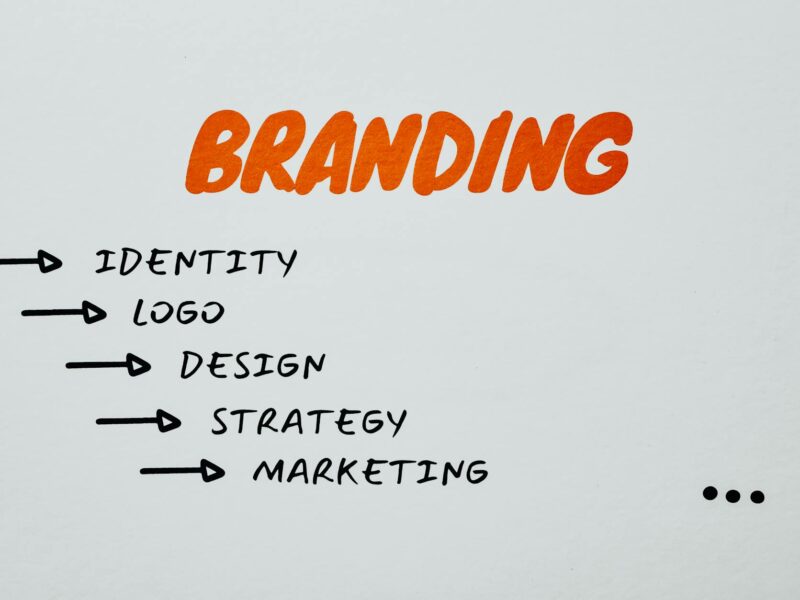For many companies, product design and development are viewed as the sole responsibility of the R&D and product teams. However, as competition intensifies and customer expectations evolve, a new approach has gained traction: integrating sales into the product development process. Sales teams, with their direct line to customers, are uniquely positioned to provide insights that can significantly shape product features, design, and overall market relevance.
This article explores the strategic benefits of involving sales teams in product design and development, explaining how this cross-functional collaboration can drive higher customer satisfaction, faster market adoption, and stronger competitive positioning.
Why Sales Input Matters in Product Design and Development
Sales teams act as the frontline of any company. They interact directly with customers, gathering feedback, understanding pain points, and observing market trends. When sales provides input during product design, they can ensure that development aligns with the actual needs and desires of target customers, helping to avoid costly missteps.
Key Advantages of Sales Involvement:
- Deeper Customer Insights: Sales professionals offer firsthand insights into customer preferences and challenges, providing valuable feedback on the features or designs customers are actively looking for.
- Enhanced Product-Market Fit: By aligning product features with market demand, companies can increase the likelihood that new products will resonate with users and succeed upon launch.
- Competitive Differentiation: Sales can identify competitors’ strengths and weaknesses through customer interactions, helping the product team to create distinctive, high-value features.
How Sales Contributes to Different Stages of Product Design and Development
1. Idea Generation and Validation
During the initial stages of product development, understanding real customer needs is critical. Sales teams can contribute by sharing patterns observed from customer feedback, pain points, and frequently requested features.
- Example: If sales teams repeatedly hear that customers need greater customization options in software products, this insight can guide product designers toward developing more flexible, user-friendly features.
Strategic Benefit: Sales-driven idea generation ensures that the initial concept aligns with market demands, reducing the risk of developing features that lack customer appeal.
2. Feature Prioritization
Product design often involves choosing between multiple potential features within the constraints of time and budget. Sales teams can help prioritize features based on what customers truly value, ensuring the product development team focuses on high-impact improvements.
- Example: A sales team at a technology company may report that customers consistently request specific security features. If this aligns with the product’s goals, prioritizing security enhancements can directly increase the product’s appeal and market share.
Strategic Benefit: Feature prioritization informed by sales helps focus resources on the most profitable or competitive aspects of the product, enhancing market relevance and customer satisfaction.
3. Prototype Testing and Feedback
Once a prototype or MVP (Minimum Viable Product) is available, sales teams can gather insights from initial customers and prospects to gauge reactions. They can provide valuable feedback on usability, feature value, and areas of improvement, which can be essential for finalizing the product design.
- Example: For a consumer product, sales might gather feedback from key accounts, noting usability issues or design flaws that could be corrected before the product launch.
Strategic Benefit: Early feedback from sales minimizes the likelihood of launching a product that needs major adjustments, saving time and money in the long run.
4. Positioning and Differentiation
Sales teams often have a clear understanding of the competitive landscape, knowing the features and benefits offered by competitors. By incorporating sales feedback, product teams can develop features that distinguish their products in the market, creating a compelling reason for customers to choose them over alternatives.
- Example: In a crowded software-as-a-service (SaaS) market, sales teams might report that competitors lack personalized onboarding features. Product development can leverage this gap by designing a user-friendly onboarding experience, setting the product apart.
Strategic Benefit: Positioning the product based on sales insights enables better differentiation, giving it a unique competitive advantage tailored to customer needs and competitor weaknesses.
5. Post-Launch Adjustments and Ongoing Improvement
After a product launch, the sales team’s role doesn’t stop. As customers use the product, sales teams gather feedback about what works well and what could be improved. This information is critical for post-launch updates and can guide the development of future iterations.
- Example: If sales representatives hear consistent feedback that a particular feature is too complex, product development can address this in the next update, improving usability and customer satisfaction.
Strategic Benefit: Sales-led improvements help keep the product competitive and ensure that updates reflect real user needs, fostering loyalty and encouraging repeat purchases.

Best Practices for Integrating Sales into Product Design and Development
To make this collaboration effective, companies can adopt several best practices:
1. Establish Cross-Functional Teams
By creating cross-functional teams that include sales, product development, and marketing, businesses can foster collaboration and open channels for ongoing feedback. Regular meetings can help ensure all teams are aligned on goals and priorities.
2. Create Feedback Loops
Establishing formal feedback loops between sales and product development is essential for a continuous exchange of insights. Sales can share customer data, pain points, and feature requests, while product teams can communicate the feasibility and timeline of implementing these ideas.
3. Provide Training and Resources
To ensure that sales teams understand the product development process, companies can offer training sessions on how their feedback impacts design. This helps sales understand how to provide actionable insights that can be realistically implemented.
4. Implement Feedback Tracking Tools
A centralized system or tool where sales can log customer feedback allows product teams to track recurring themes and prioritize updates. CRM systems or feedback platforms can serve as a valuable resource for both sales and product development teams.
5. Encourage a Customer-Centric Culture
Aligning all departments around customer satisfaction ensures that every team prioritizes the customer experience. Companies that build a customer-centric culture are better equipped to adapt to market needs and develop products that resonate with their target audience.
Read more: Should Salespeople Be Given Pricing Authority?
Real-World Examples of Sales Driving Product Development Success
1. Salesforce’s Customization Features
Salesforce, a leading CRM provider, regularly updates its products based on customer feedback gathered by its sales team. Recognizing the demand for customization, Salesforce developed features that allow businesses to tailor the software to their specific needs, significantly increasing its appeal and customer retention.
2. Apple’s Focus on User Experience
Apple’s sales teams gather extensive customer feedback, especially from retail interactions and online reviews. This feedback loop has played a crucial role in the evolution of products like the iPhone and iPad, resulting in enhancements that prioritize user experience, simplicity, and design—traits highly valued by Apple’s customer base.
Read more: APPLE, INNOVATION AND EXAMPLE IN USER EXPERIENCE!
3. Procter & Gamble’s Product Innovations
Procter & Gamble (P&G) has successfully integrated its sales team insights into product development for decades. Sales representatives interact with retailers and end consumers, providing feedback that shapes P&G’s product features, packaging, and marketing strategies. This collaboration has helped P&G create popular consumer products that resonate with customers across various markets.
Read more: How Procter & Gamble (P&G) Reinvents Everyday Essentials
Conclusion
The strategic role of sales in product design and development is increasingly clear in today’s competitive landscape. Sales teams, with their direct access to customer needs, challenges, and preferences, are a valuable resource for creating products that not only meet market demands but also stand out in a crowded field.
By integrating sales into the product development process, businesses can make smarter, customer-driven decisions, reduce time-to-market, and foster a collaborative, customer-centric culture. Ultimately, involving sales in product design leads to products that better meet customer expectations, translating into higher adoption rates, enhanced customer satisfaction, and long-term success.
How does your company incorporate sales insights into product development? Share your experiences in the comments below!
Available at: What strategic role does sales play in product design and development


